- Home
- Articles
- Architectural Portfolio
- Architectral Presentation
- Inspirational Stories
- Architecture News
- Visualization
- BIM Industry
- Facade Design
- Parametric Design
- Career
- Landscape Architecture
- Construction
- Artificial Intelligence
- Sketching
- Design Softwares
- Diagrams
- Writing
- Architectural Tips
- Sustainability
- Courses
- Concept
- Technology
- History & Heritage
- Future of Architecture
- Guides & How-To
- Art & Culture
- Projects
- Interior Design
- Competitions
- Jobs
- Store
- Tools
- More
- Home
- Articles
- Architectural Portfolio
- Architectral Presentation
- Inspirational Stories
- Architecture News
- Visualization
- BIM Industry
- Facade Design
- Parametric Design
- Career
- Landscape Architecture
- Construction
- Artificial Intelligence
- Sketching
- Design Softwares
- Diagrams
- Writing
- Architectural Tips
- Sustainability
- Courses
- Concept
- Technology
- History & Heritage
- Future of Architecture
- Guides & How-To
- Art & Culture
- Projects
- Interior Design
- Competitions
- Jobs
- Store
- Tools
- More
How 3D Artists Create Realistic Exterior Renders that Look Like Photos

Creating a realistic exterior rendering is a complex and creative process. To recreate a photo in detail, the artist must pay close attention to the details and use a combination of techniques to create a believable image.
This requires creating accurate models, using realistic textures, and setting up lighting that faithfully reflects the real environment.
Realistic exterior visualization is an important tool in architecture, real estate, and other industries. They provide a clear and detailed visual representation of a building or property. Visualizations also facilitate communication and can save time and money by identifying design issues before the actual construction phase.
Software and Tools
To create 3D models, animations, and visual effects, 3D artists use a variety of software tools. Among the most popular and high-quality ones for the most realistic rendering:
Autodesk 3ds Max, Blender, Cinema 4D, Autodesk Revit.
You can read more about these and other software.
These are just a few examples of the many software tools used for architectural visualization. Each tool has its strengths and weaknesses, cost, and required user level. 3d artists often combine several tools based on their needs and preferences.
To create truly realistic professional exterior visualizations, it is necessary to combine various tools and techniques. These include software for 3D modeling, rendering, texturing, layout, and photogrammetry. You should also not forget about digital resource libraries. They provide artists with ready-made 3D models, textures, and materials. Consequently, the visualization process is faster and more accurate.
Key Skills Required
To become a successful 3D artist, you need to have the desire, time, and opportunity for continuous learning.
Mastering 3D modeling software should be your first step. This is your foundation, and you can’t go anywhere without it. An important factor is to understand composition and color theory to create balanced scenes. You should also pay attention to working with textures and materials. Knowledge of rigging and animation will also come in handy. Don’t forget about soft skills, such as communication skills, stress tolerance, and the ability to solve problems no matter what.
To make a good 3D render artist should have a strong combination of technical and artistic skills, the qualities of a team player, and a constant desire to move forward. After all, we all know that the path to success lies in daily work and the desire to develop.
Textures and Materials

As we have already mentioned, to create amazing-looking renders for 3D visualization, the main thing is a combination of artistic skill and technical knowledge. The process of the main features are as follows.
First of all, reference materials of the real surface or material to be reproduced are collected. These can be photographs, physical samples, or digital images of the desired texture. After the artist creates the texture using specialized software. He adds details to the texture such as scratches, stains, and wear and tear to make you want to take a closer look. Or from a bird’s eye view.
The next step is to apply the texture to the 3D model. To do this, the texture is anchored to the model using UV coordinates. UV coordinates are 2D coordinates that define how a 3D model is displayed on a 2D surface.
Next, a material is created that defines how light interacts with the surface.
The last step is to set up the lighting and render the scene. This involves placing light sources in the scene to create photorealistic textures.
Lighting and Environment

Lighting is one of the most important factors in creating realistic exterior renders. It can greatly impact the mood and atmosphere of the scene, as well as the perceived realism of the image.
Artists use a variety of techniques to create realistic artificial lighting in 3D visualizations. These include Global Illumination (GI), High Dynamic Range (HDR), Light Mapping, and Physical Sun and Sky.
The artist must have a good understanding of lighting techniques and rendering software to achieve the best results.
Trends and Challenges
Exterior rendering is a constantly evolving field, and several current trends shape the way 3D artists approach the creation of exterior visualizations. Among the first trends are realism and integration of nature. Minimalism and cinematic style will also always be popular. And, of course, augmented reality.
As for the challenges, we should understand that artists face them almost every day. First of all, it is the need for realism. The second is hardware limitations that may not give the artist enough space. And finally, communication with clients. It can save time, or it can drag it out. Working with people is always unpredictable.
Post-Processing
Post-processing is an important step in 3D exterior rendering services. It involves applying various settings and effects to the final rendering building to enhance its appearance and correct any imperfections. This includes color correction, depth of field, adding atmospheric effects, and removing any imperfections.
Post-processing plays an important role in creating a final image that looks as realistic and visually appealing as possible. By making careful adjustments and corrections to the final rendering, a 3D artist can create a scene that accurately reflects their vision and meets the client’s expectations.
Conclusion
Creating realistic architectural renders is a complex and multi-stage process that requires meticulous attention to detail, advanced technical skills, and a strong artistic vision.
A 3D artist needs to keep learning and developing their 3D rendering skills. The world of 3D graphics is constantly evolving, with new technologies and software appearing regularly.
illustrarch is your daily dose of architecture. Leading community designed for all lovers of illustration and #drawing.
Submit your architectural projects
Follow these steps for submission your project. Submission FormLatest Posts
Events and Accidents That Commonly Lead to Wrongful Death Claims
Approximately 200,000 patients die annually due to preventable medical errors, according to...
Stylish Flooring Ideas for Small Spaces
Small spaces have unique challenges, so it's essential to think creatively. Flooring...
10 Best Christmas Gifts for Architects and Designers 2026
Looking for the perfect Christmas gift for an architect or designer in...
What are the Benefits of Compact Pile Driving Tools
A small crew walks a narrow right of way between trees and...




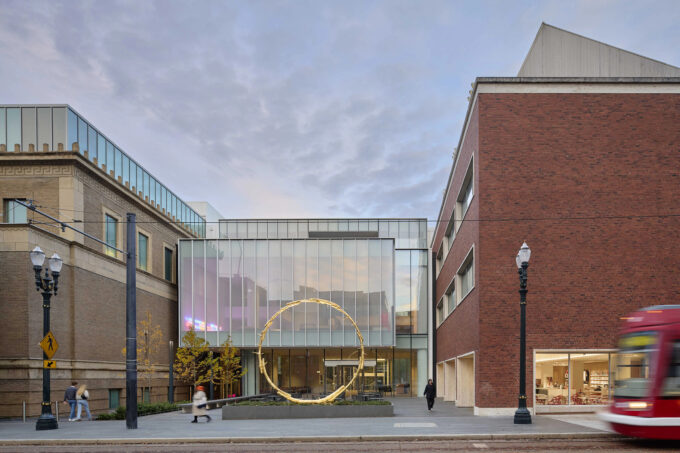
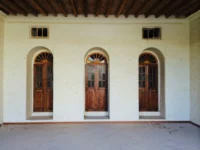


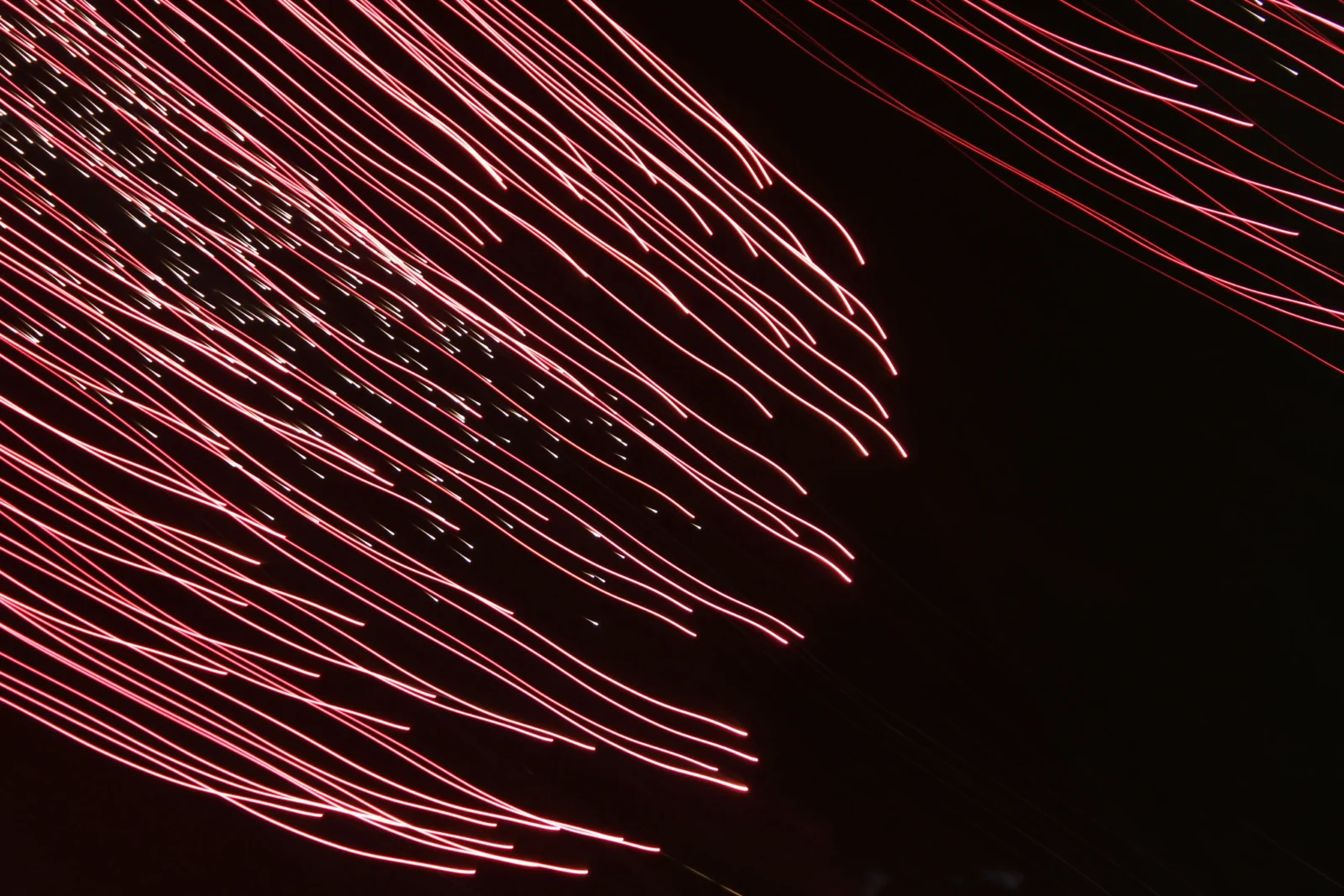
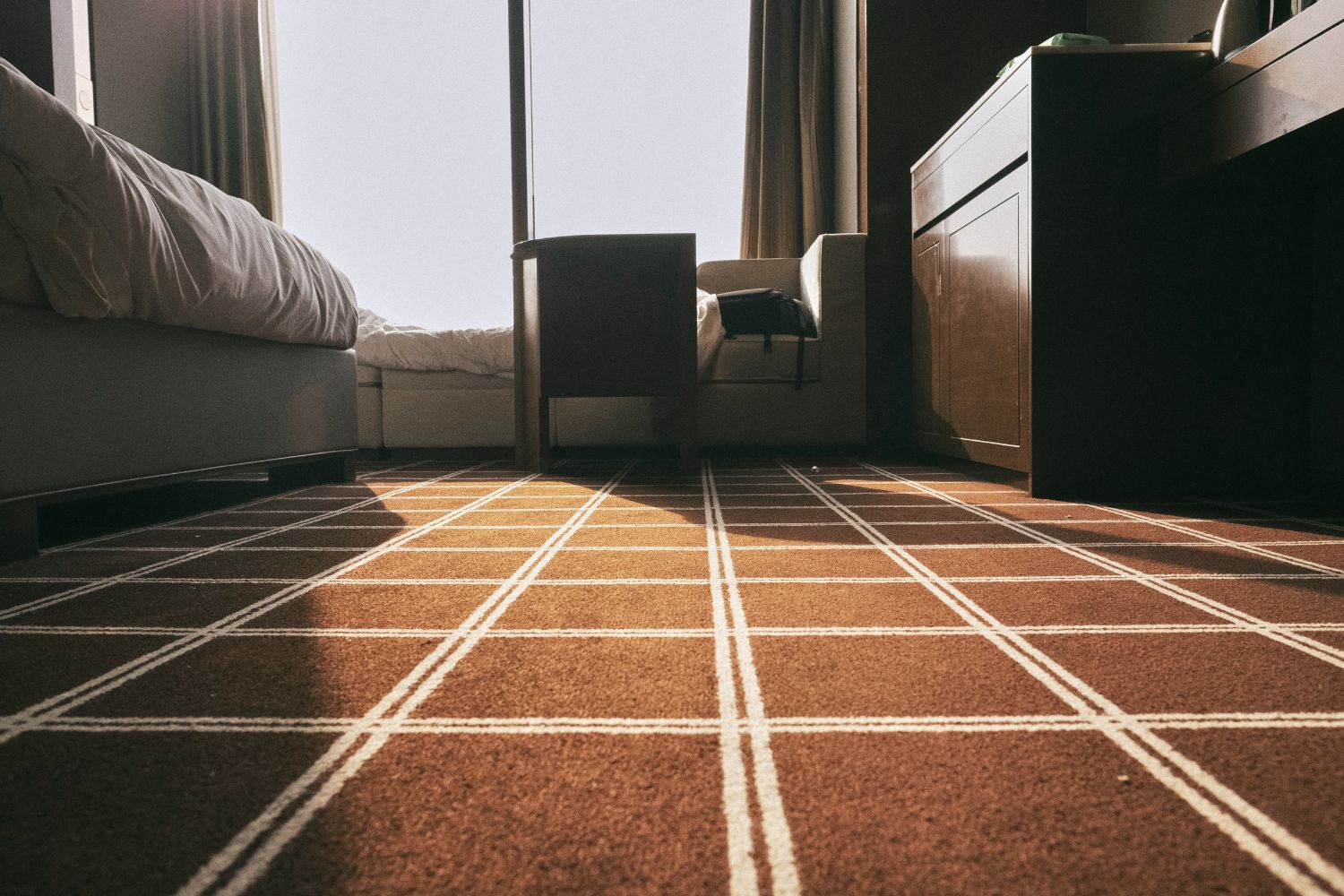

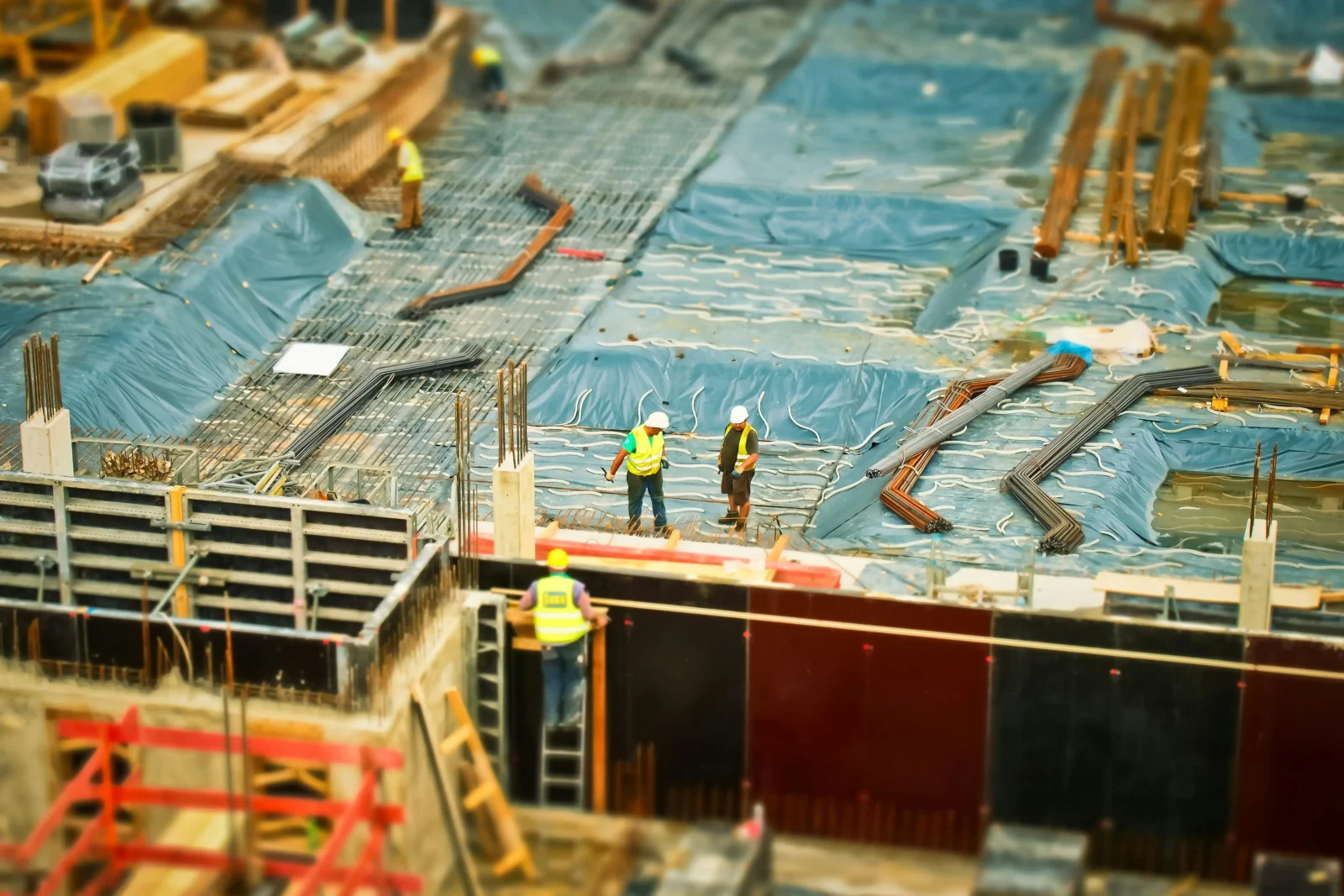
Leave a comment